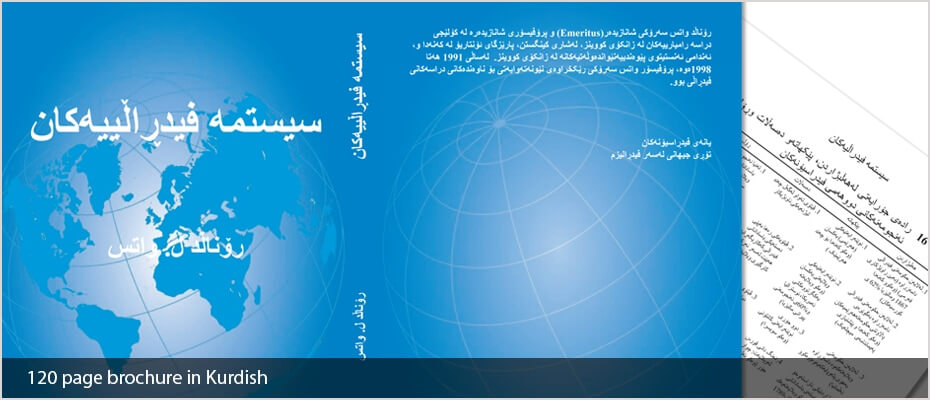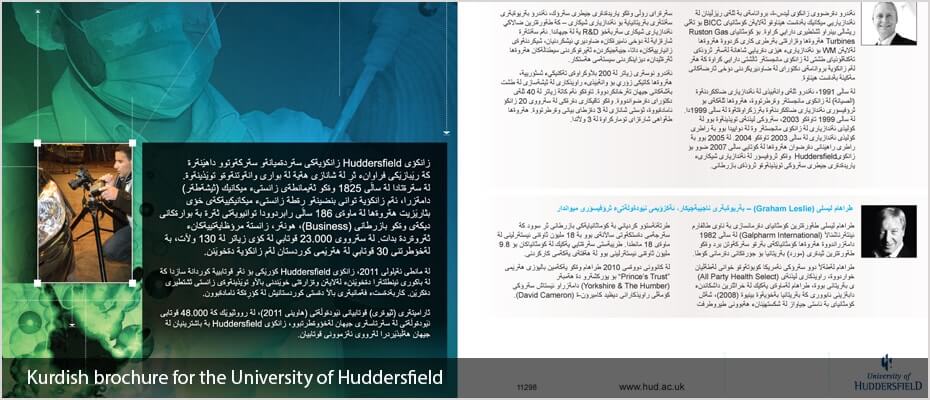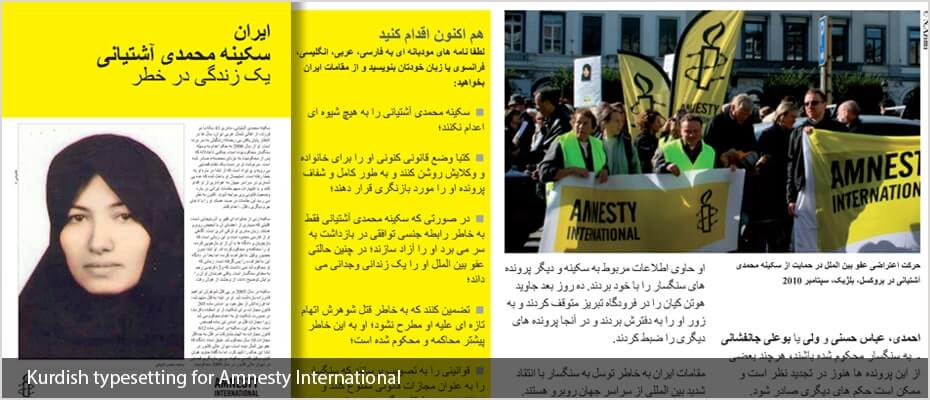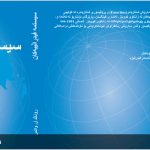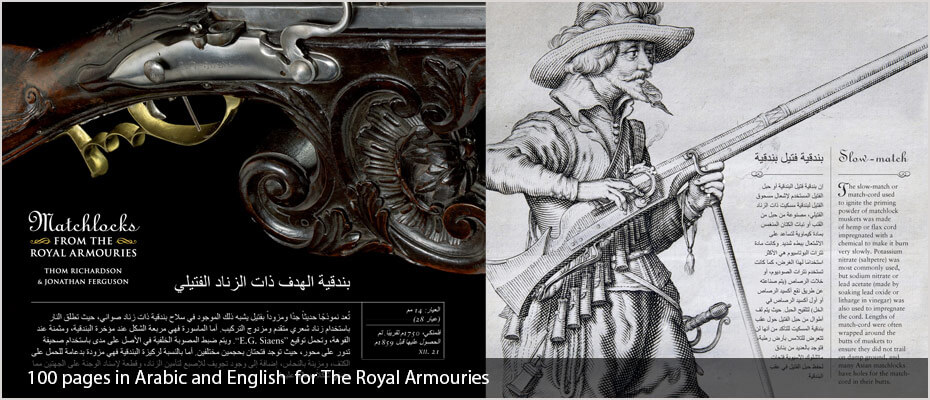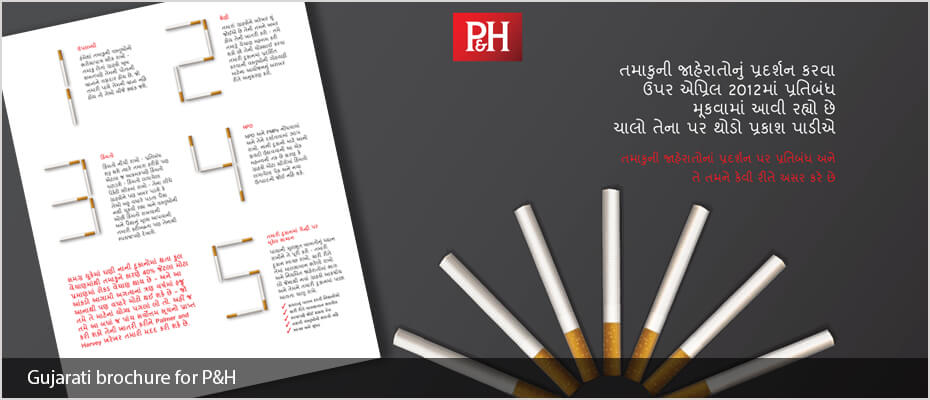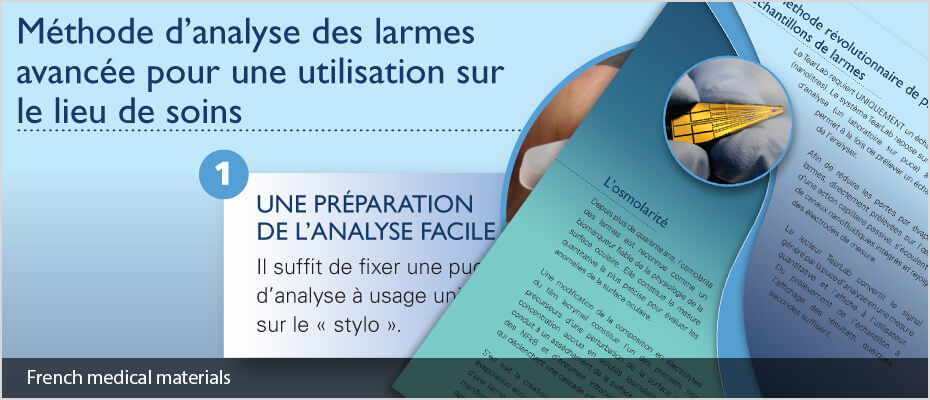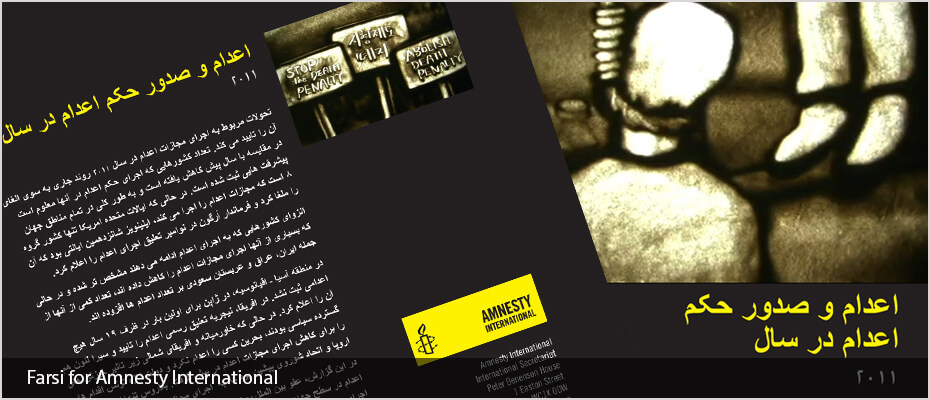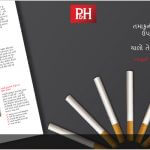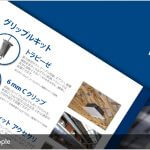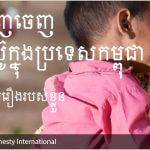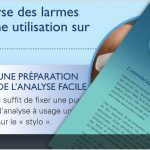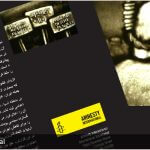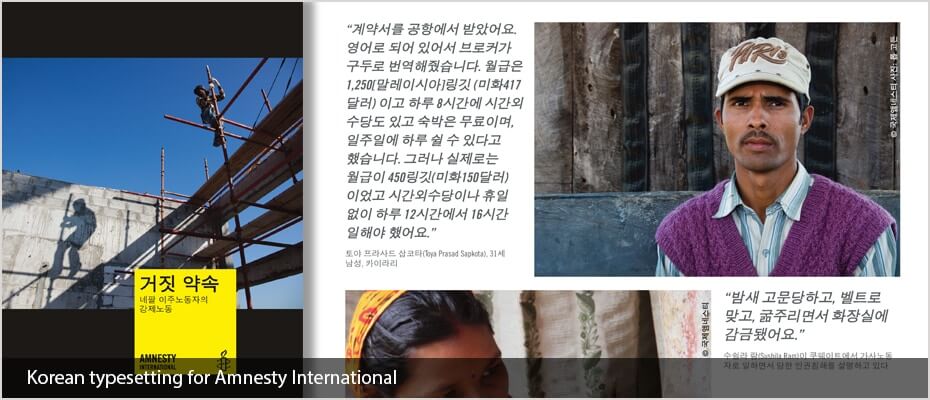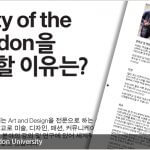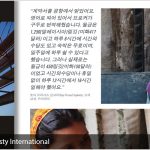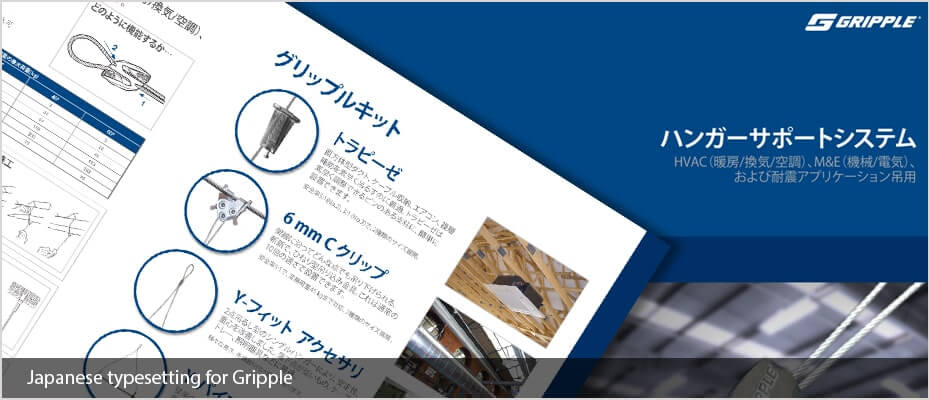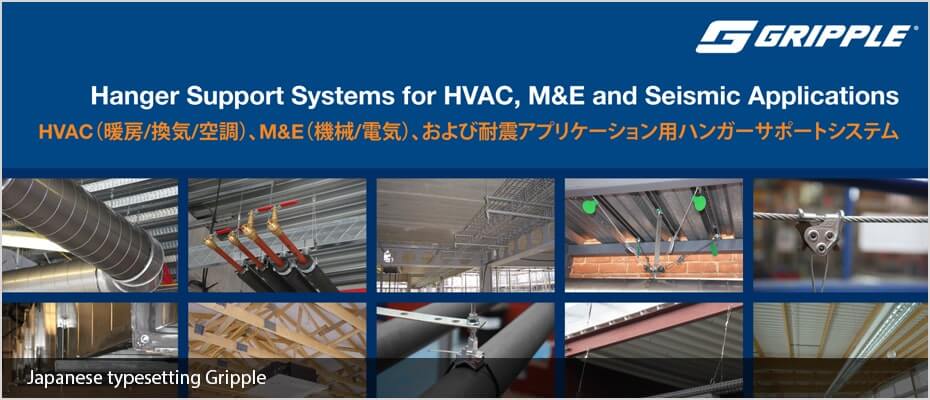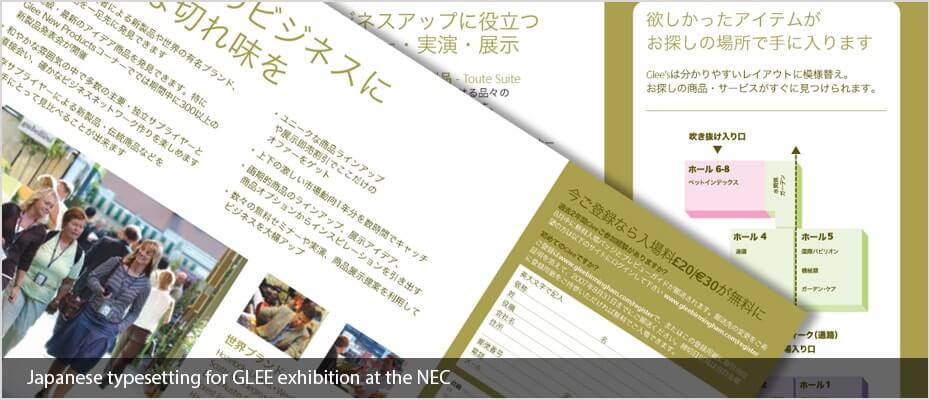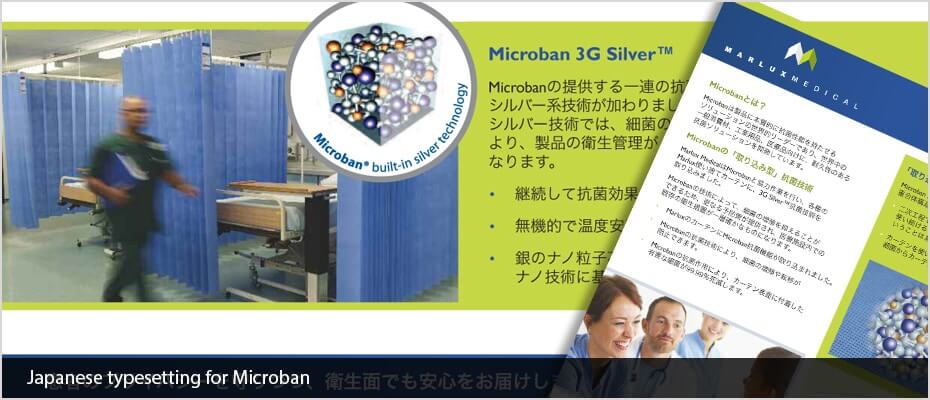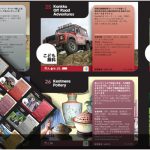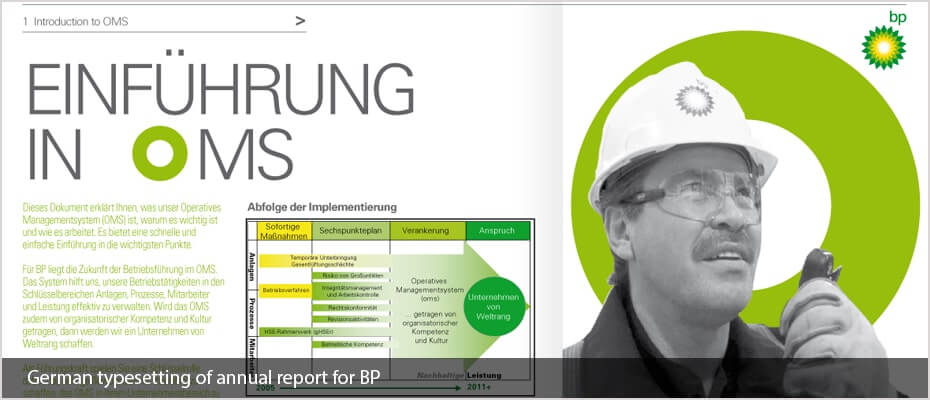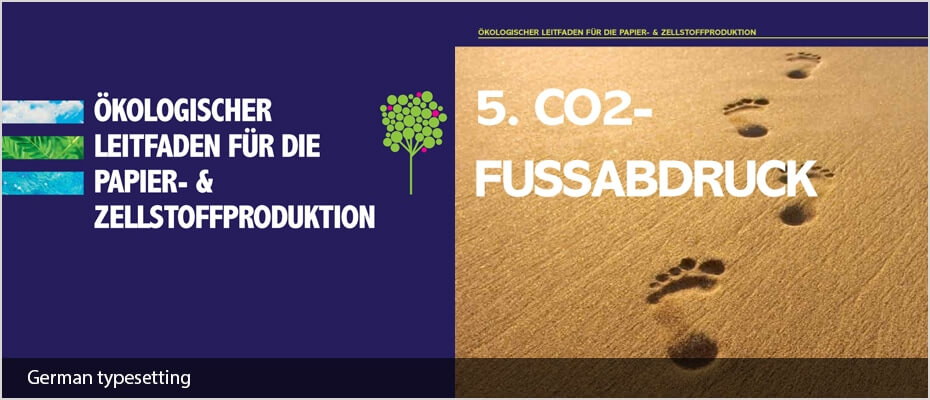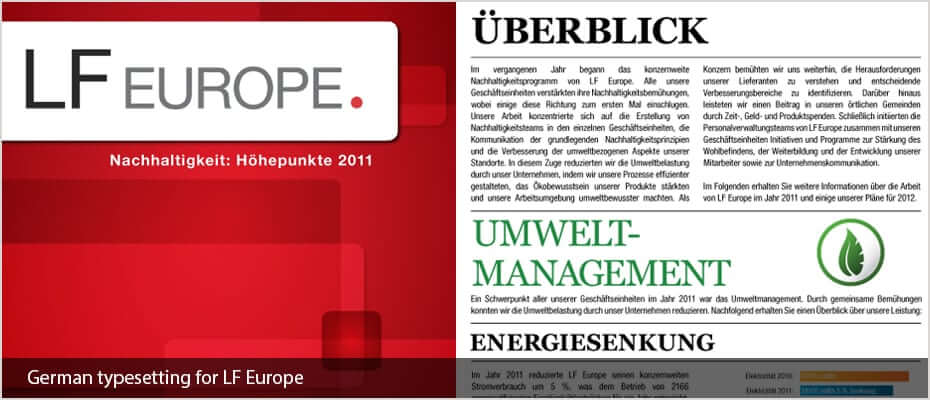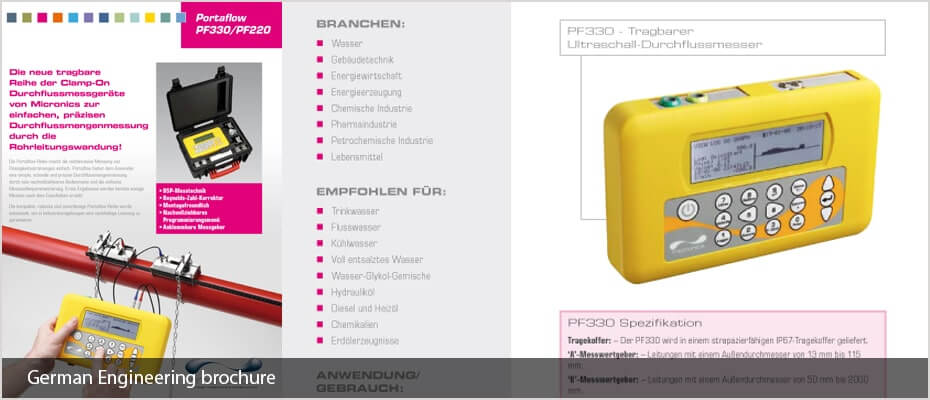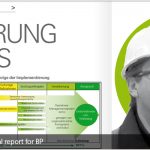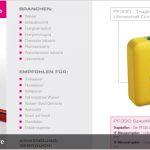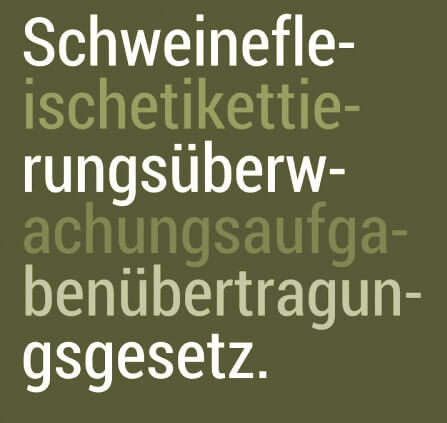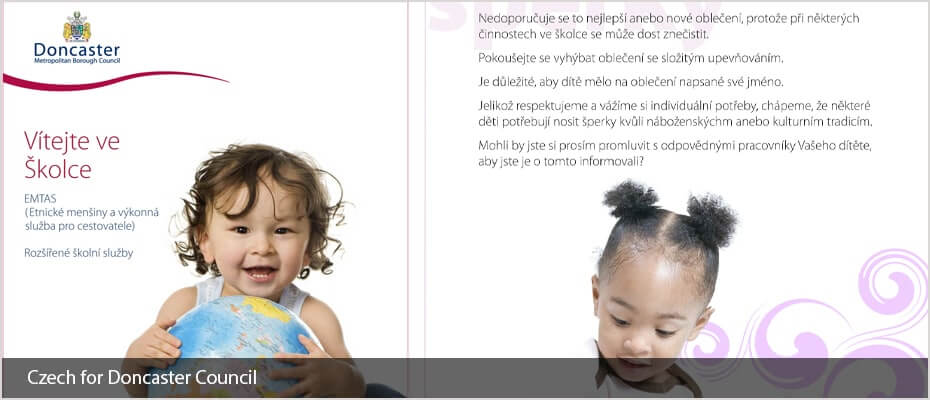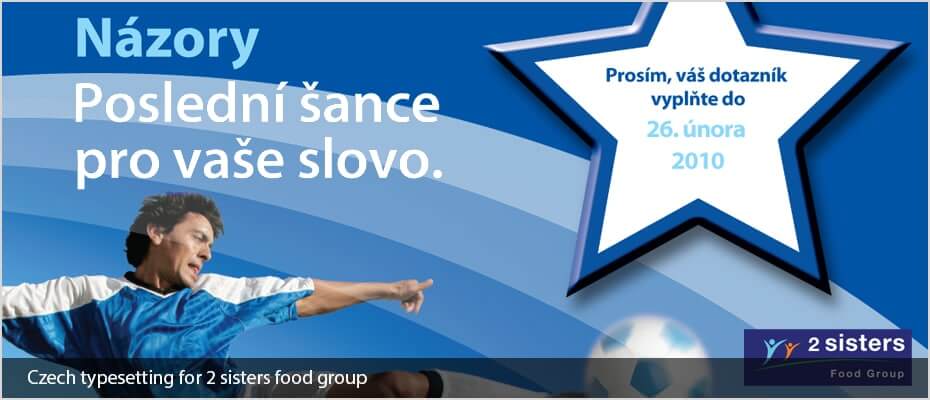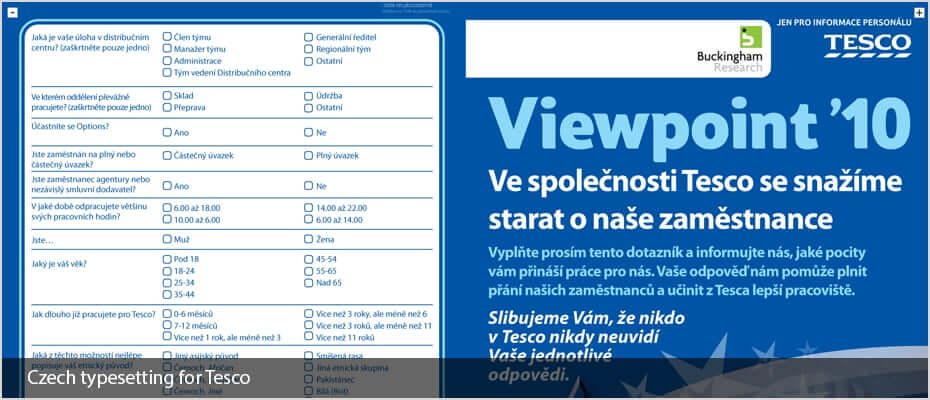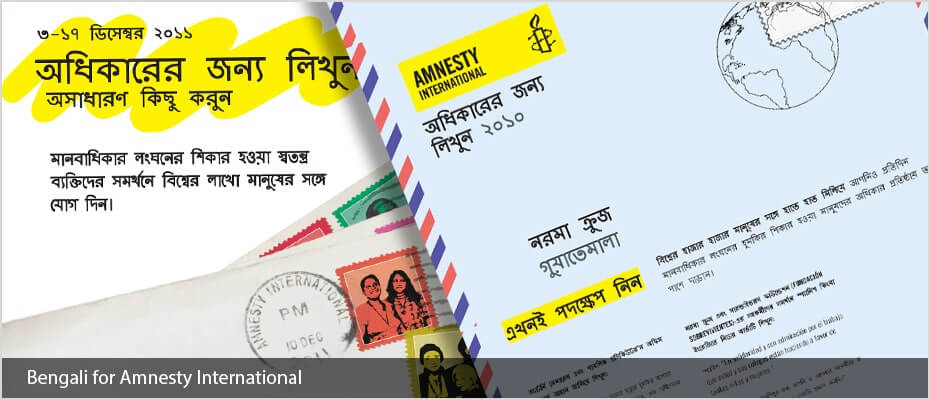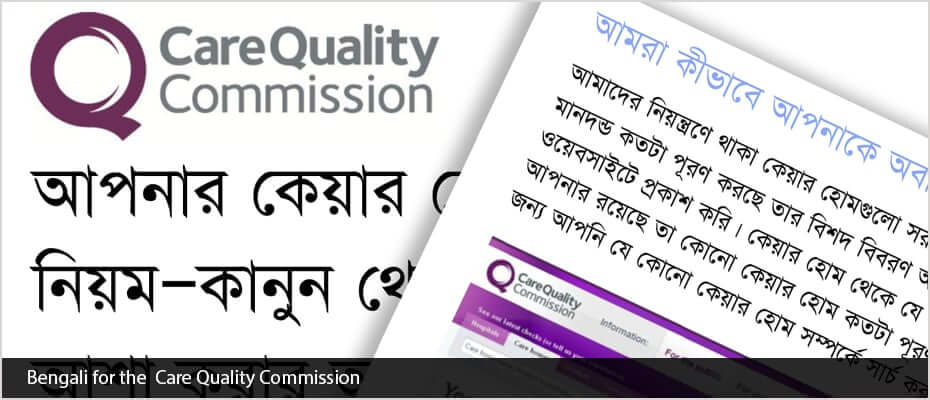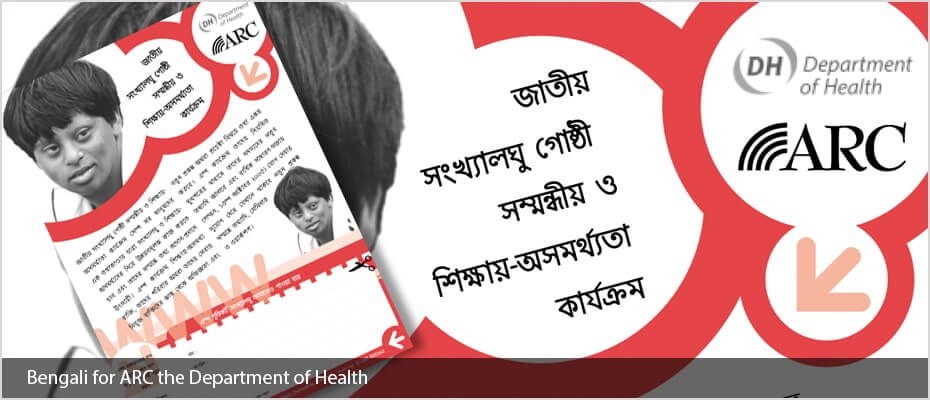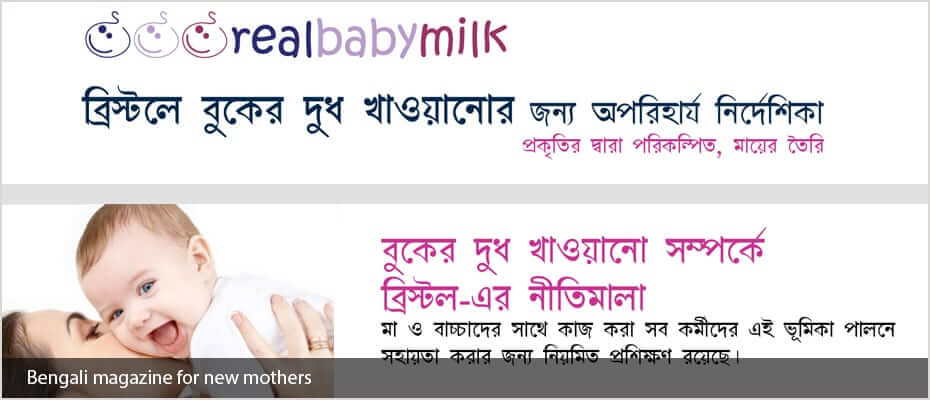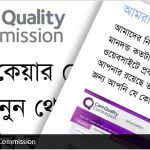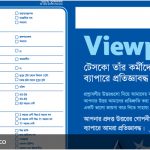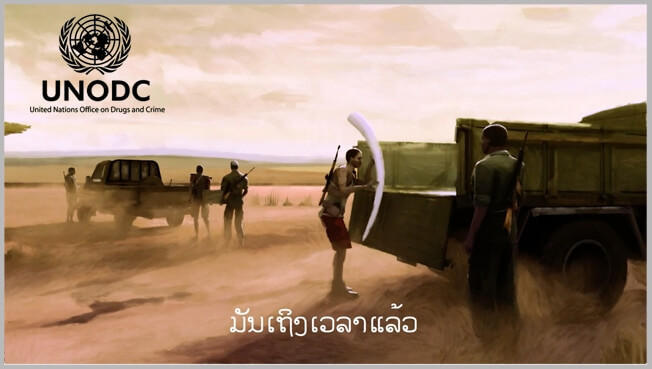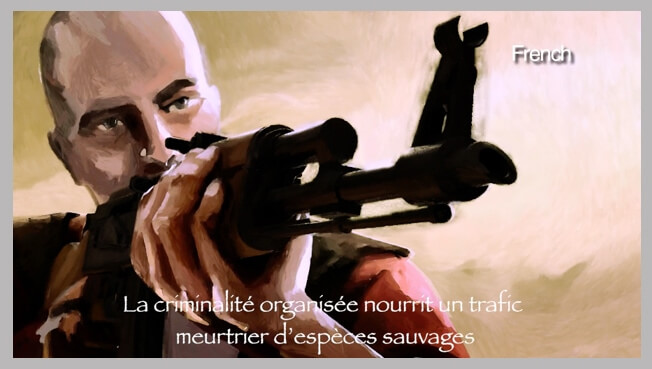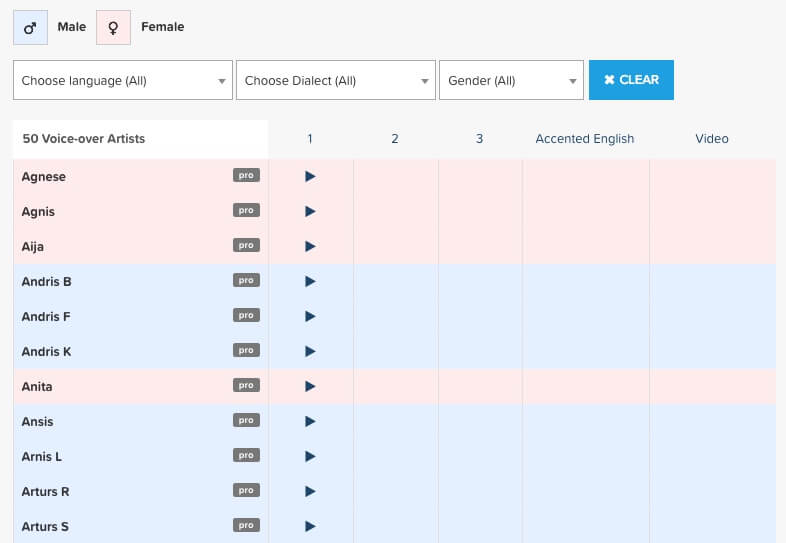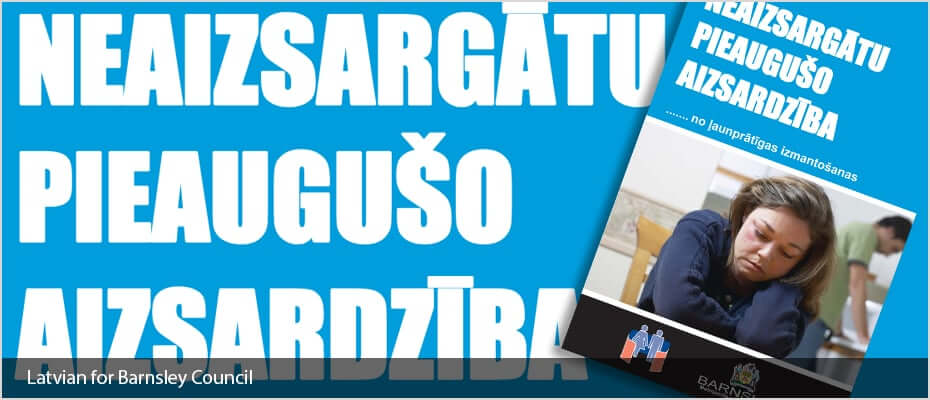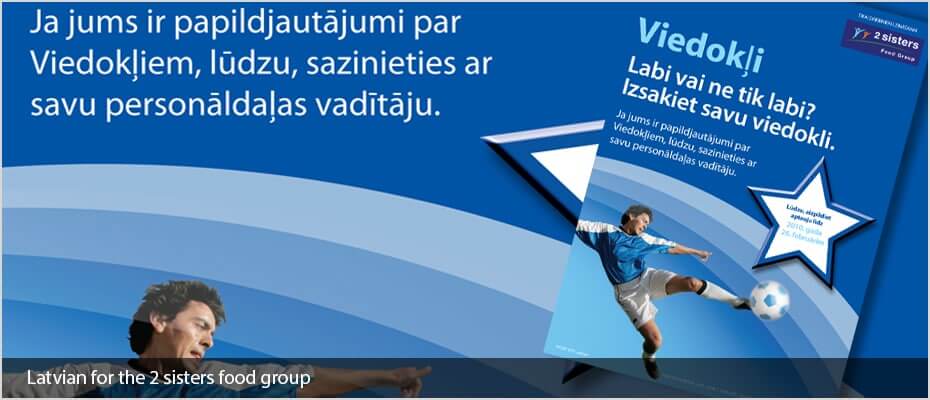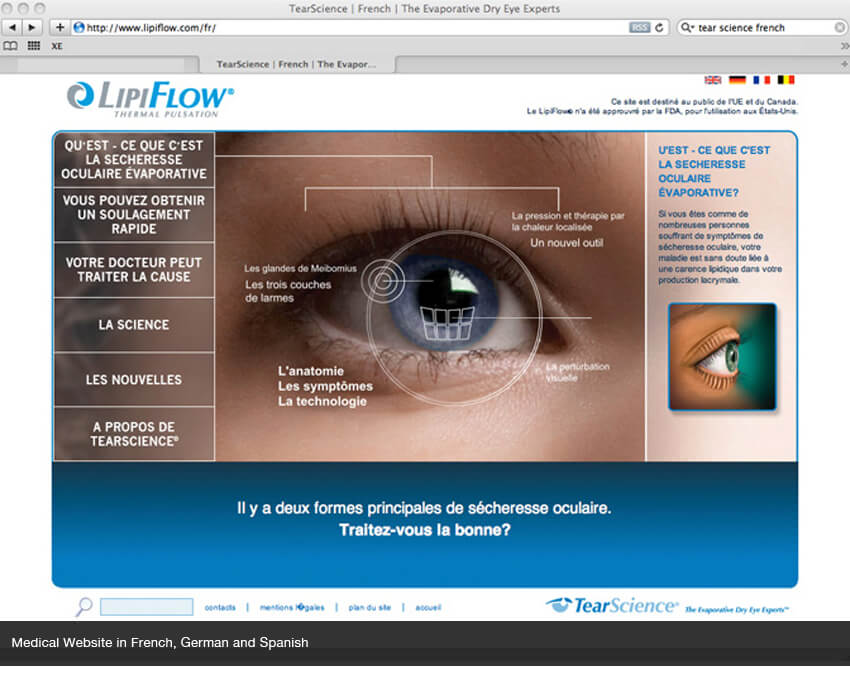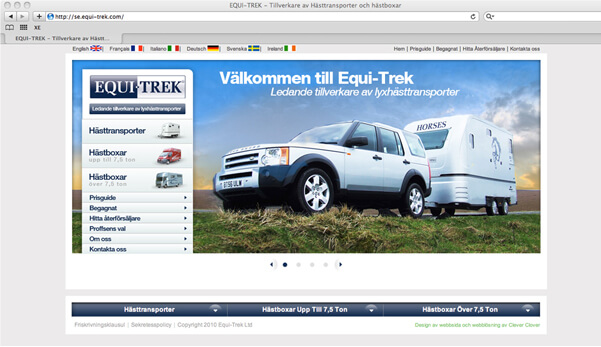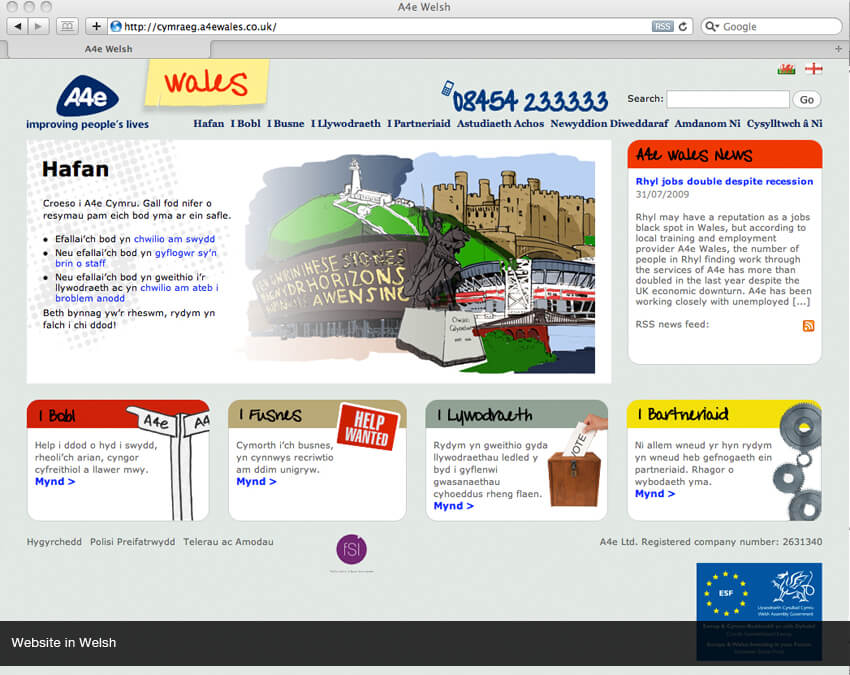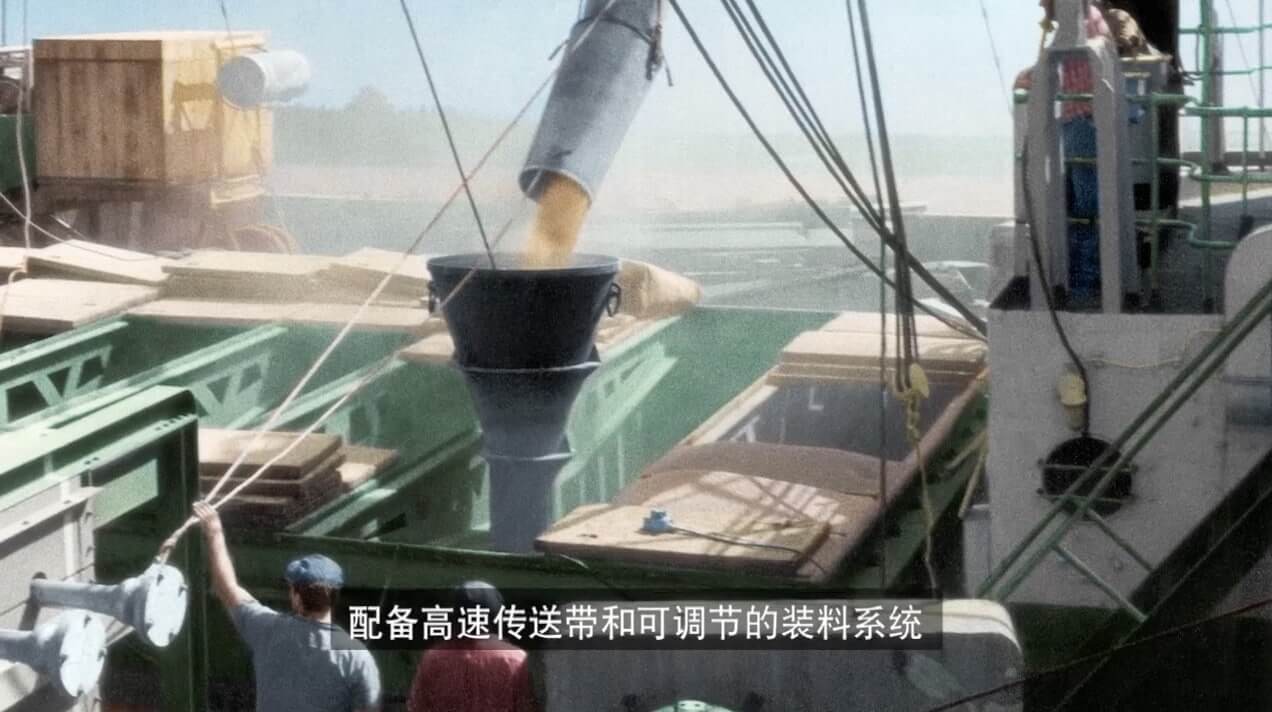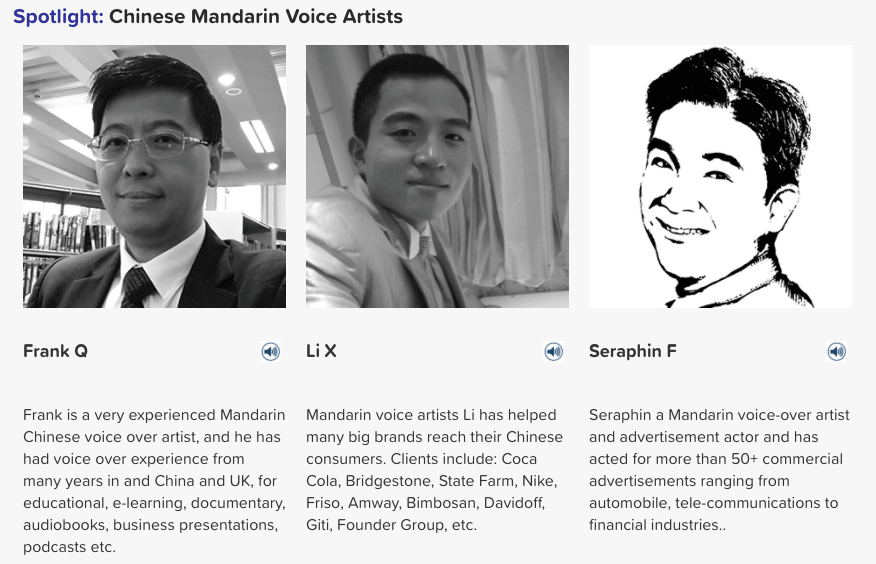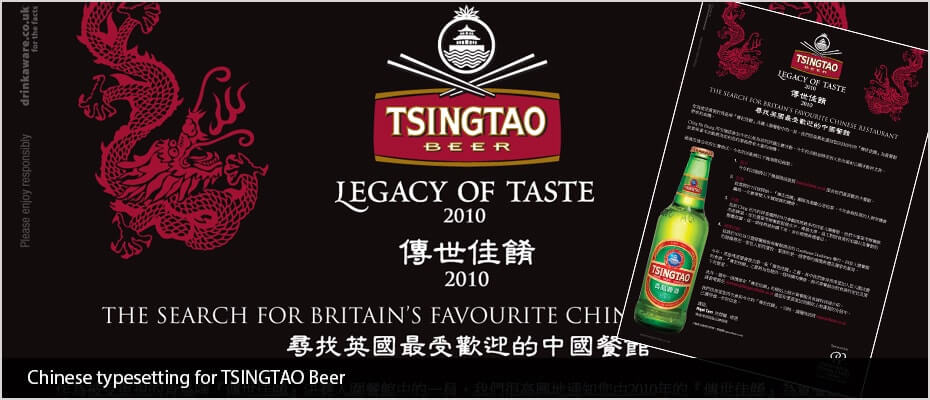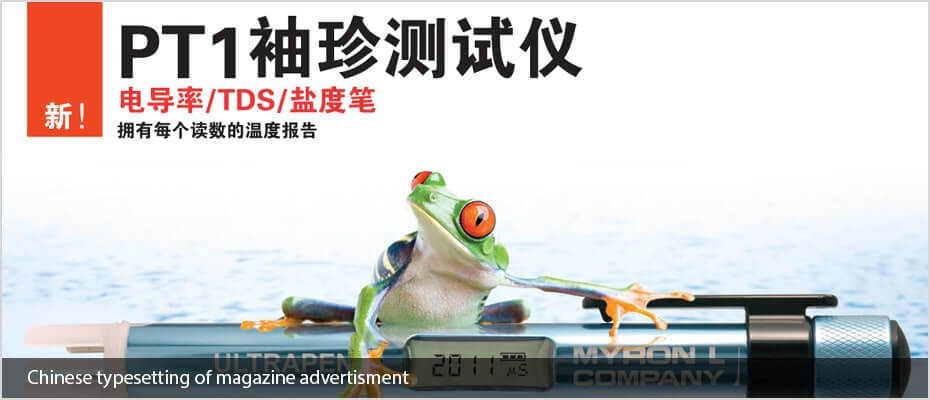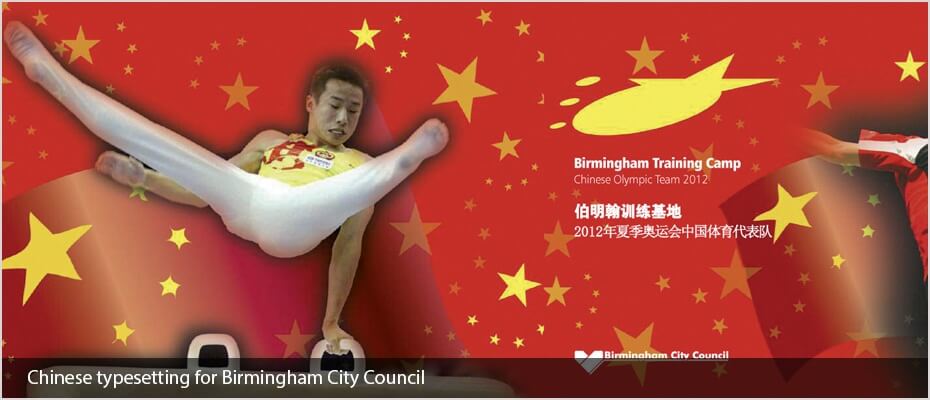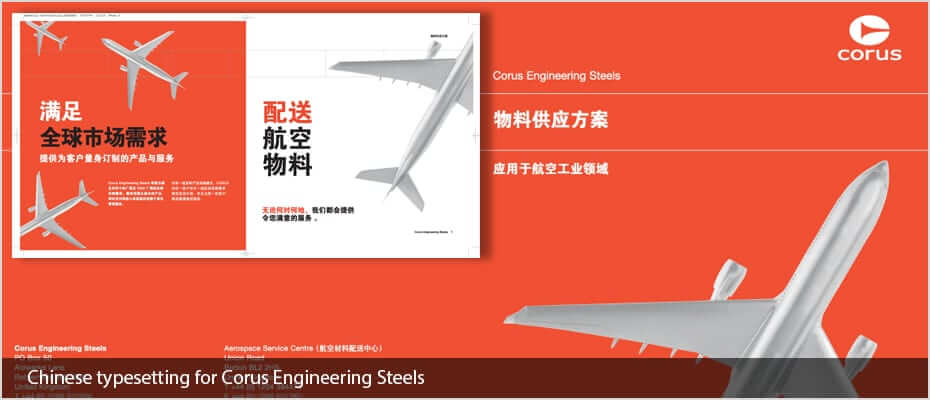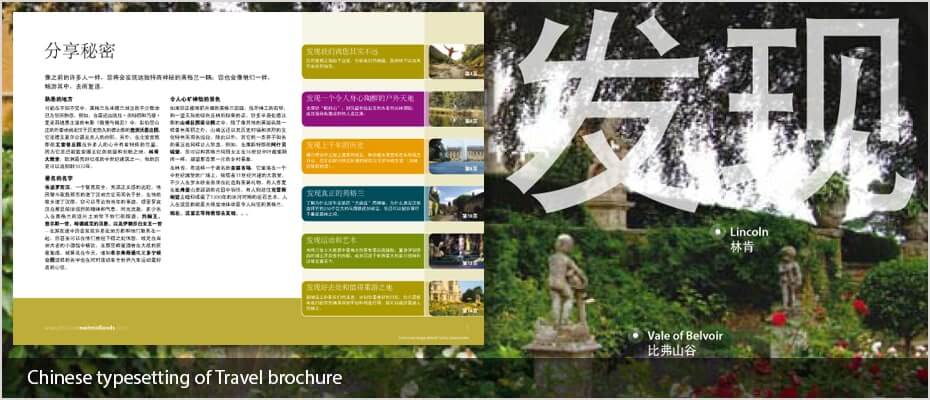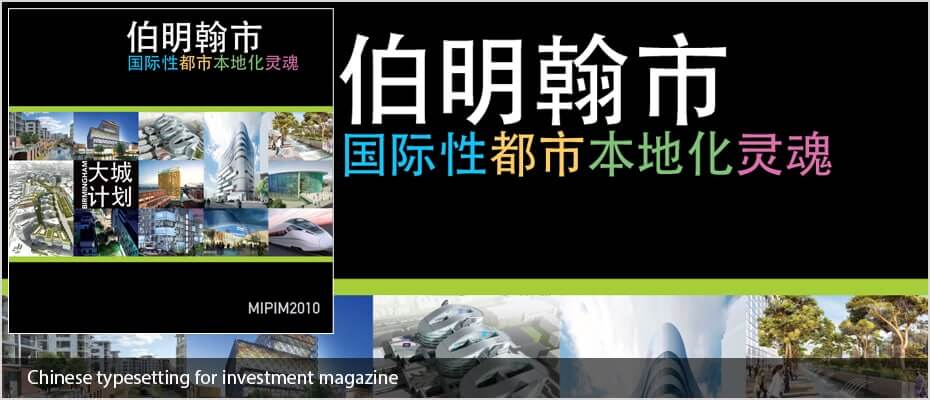Kurdish desktop publishing and typesetting services
Our Kurdish DTP and typesetting services include:
- Kurdish Document Translations
- Kurdish Proofreading
- Kurdish Desktop publishing and typesetting using all major publishing software
- Desktop publishing into over 100 languages
- Quality assurance checking throughout the process
- Localisation of graphics in documents
- Dedicated project manager
- Fast turnaround
- Print ready PDFs set to your specifications
- 100% work carried out In-house by our own DTP studio
Clients:
We work for companies and organisations such as Disney, Vidal Sassoon, and Jaguar Land Rover, to list a few. Plus international aid agencies such as Amnesty International, Refugee Action, UNICEF and the Refugee Council as well as many translation agencies and publishing companies all over the world.
A simple guide to localising InDesign files using translation software
By using an IDML file exported from InDesign we can speed up the translation and DTP process when using translation memory software. This method keeps all the formatting from the original InDesign file such as links, character and paragraph styles and fonts plus any interactive elements such as cross-references.
What is the difference between desktop publishing and typesetting
- Typesetting is also defined as: Typesetting is the process, the craft, of setting the type for a document, not to be confused with typography, which is the art of designing the type.
- Desktop publishing is also defined as The production of printed matter by means of a printer linked to a desktop computer, with special software.
Desktop publishing tips for localising English materials
- In some designs the pages are simply filled with text, leaving no room for text expansion. Most languages (with some notable exceptions) run longer than English and some of them run much longer. This causes the localised versions to have to make some sort of compromise: either text becomes smaller or a condensed font is used, or some material is completely cut out for brevity. Neither scenario is ideal, so it is much better to consider this aspect of the task at the design stage.
- Overuse of text formatting features such as drop caps, CAPITALISED TEXT, coloured text, bold text and italic text etc. can slow down the localisation process, as the formatting needs to be applied to the precise word or phrase in translation that is equivalent to the English. Sometimes, this does not work at all if the target language has a dramatically different word order.
- Embedded, non-editable text in images require extra attention and can slow things down dramatically, especially when over the main part of the image. Where possible, the text should be made available for editing in InDesign. If not, we will require all of the PSD files to work with.
- Avoid designing paragraphs or “word clouds” with mixed font sizes that look good in English but have no chance of being replicated in the target language: quite often they do not have the same impact when localised and can often be “lost in translation”. Furthermore, due to word order difference, keywords in English at the beginning of a sentence might end up in the middle or at the end of the sentence when translated.
- One of the most frequent issues we encounter is the incorrect and inconsistent usage of style sheets, in particular where one style has been used but in some instances, bold text, italics or even different fonts have been changed manually. This can cause significant delays in the localisation process.
- Sending the artwork to be typeset BEFORE it is signed off by the client is never a good idea, and neither are new design changes after we have already started the work. We can do nothing in situations like these where significant changes are requested mid-project but start again and present new figures for the work, delaying work and incurring further costs for the client.
Korean desktop publishing and typesetting services
Our Korean DTP and typesetting services include:
- Korean Document Translations
- Korean Proofreading
- Korean Desktop publishing and typesetting using all major publishing software
- Desktop publishing into over 100 languages
- Quality assurance checking throughout the process
- Localisation of graphics in documents
- Dedicated project manager
- Fast turnaround
- Print ready PDFs set to your specifications
- 100% work carried out in-house by our own DTP studio
Clients:
We work for companies and organisations such as Disney, Vidal Sassoon, and Jaguar Land Rover, to list a few. Plus international aid agencies such as Amnesty International, Refugee Action, UNICEF and the Refugee Council as well as many translation agencies and publishing companies all over the world.
A simple guide to localising InDesign files using translation software
By using an IDML file exported from InDesign we can speed up the translation and DTP process when using translation memory software. This method keeps all the formatting from the original InDesign file such as links, character and paragraph styles and fonts plus any interactive elements such as cross-references.
What is the difference between desktop publishing and typesetting
- Typesetting is also defined as: Typesetting is the process, the craft, of setting the type for a document, not to be confused with typography, which is the art of designing the type.
- Desktop publishing is also defined as The production of printed matter by means of a printer linked to a desktop computer, with special software.
Desktop publishing tips for localising English materials
- In some designs the pages are simply filled with text, leaving no room for text expansion. Most languages (with some notable exceptions) run longer than English and some of them run much longer. This causes the localised versions to have to make some sort of compromise: either text becomes smaller or a condensed font is used, or some material is completely cut out for brevity. Neither scenario is ideal, so it is much better to consider this aspect of the task at the design stage.
- Overuse of text formatting features such as drop caps, CAPITALISED TEXT, coloured text, bold text and italic text etc. can slow down the localisation process, as the formatting needs to be applied to the precise word or phrase in translation that is equivalent to the English. Sometimes, this does not work at all if the target language has a dramatically different word order.
- Embedded, non-editable text in images require extra attention and can slow things down dramatically, especially when over the main part of the image. Where possible, the text should be made available for editing in InDesign. If not, we will require all of the PSD files to work with.
- Avoid designing paragraphs or “word clouds” with mixed font sizes that look good in English but have no chance of being replicated in the target language: quite often they do not have the same impact when localised and can often be “lost in translation”. Furthermore, due to word order difference, keywords in English at the beginning of a sentence might end up in the middle or at the end of the sentence when translated.
- One of the most frequent issues we encounter is the incorrect and inconsistent usage of style sheets, in particular where one style has been used but in some instances, bold text, italics or even different fonts have been changed manually. This can cause significant delays in the localisation process.
- Sending the artwork to be typeset BEFORE it is signed off by the client is never a good idea, and neither are new design changes after we have already started the work. We can do nothing in situations like these where significant changes are requested mid-project but start again and present new figures for the work, delaying work and incurring further costs for the client.
Japanese desktop publishing and typesetting services
Our Japanese DTP and typesetting services include:
- Japanese Document Translations
- Japanese Proofreading
- Japanese Desktop publishing and typesetting using all major publishing software
- Desktop publishing into over 100 languages
- Quality assurance checking throughout the process
- Localisation of graphics in documents
- Dedicated project manager
- Fast turnaround
- Print ready PDFs set to your specifications
- 100% work carried out In-house by our own DTP studio
Clients:
We work for companies and organisations such as Disney, Vidal Sassoon, and Jaguar Land Rover, to list a few. Plus international aid agencies such as Amnesty International, Refugee Action, UNICEF and the Refugee Council as well as many translation agencies and publishing companies all over the world.
A simple guide to localising InDesign files using translation software
By using an IDML file exported from InDesign we can speed up the translation and DTP process when using translation memory software. This method keeps all the formatting from the original InDesign file such as links, character and paragraph styles and fonts plus any interactive elements such as cross-references.
What is the difference between desktop publishing and typesetting
- Typesetting is also defined as: Typesetting is the process, the craft, of setting the type for a document, not to be confused with typography, which is the art of designing the type.
- Desktop publishing is also defined as The production of printed matter by means of a printer linked to a desktop computer, with special software.
Desktop publishing tips for localising English materials
- In some designs the pages are simply filled with text, leaving no room for text expansion. Most languages (with some notable exceptions) run longer than English and some of them run much longer. This causes the localised versions to have to make some sort of compromise: either text becomes smaller or a condensed font is used, or some material is completely cut out for brevity. Neither scenario is ideal, so it is much better to consider this aspect of the task at the design stage.
- Overuse of text formatting features such as drop caps, CAPITALISED TEXT, coloured text, bold text and italic text etc. can slow down the localisation process, as the formatting needs to be applied to the precise word or phrase in translation that is equivalent to the English. Sometimes, this does not work at all if the target language has a dramatically different word order.
- Embedded, non-editable text in images require extra attention and can slow things down dramatically, especially when over the main part of the image. Where possible, the text should be made available for editing in InDesign. If not, we will require all of the PSD files to work with.
- Avoid designing paragraphs or “word clouds” with mixed font sizes that look good in English but have no chance of being replicated in the target language: quite often they do not have the same impact when localised and can often be “lost in translation”. Furthermore, due to word order difference, keywords in English at the beginning of a sentence might end up in the middle or at the end of the sentence when translated.
- One of the most frequent issues we encounter is the incorrect and inconsistent usage of style sheets, in particular where one style has been used but in some instances, bold text, italics or even different fonts have been changed manually. This can cause significant delays in the localisation process.
- Sending the artwork to be typeset BEFORE it is signed off by the client is never a good idea, and neither are new design changes after we have already started the work. We can do nothing in situations like these where significant changes are requested mid-project but start again and present new figures for the work, delaying work and incurring further costs for the client.
German desktop publishing and typesetting services
German text expansion – Compound words
One of the longest German words is Schweinefleischetikettierungsüberwachungsaufgabenübertragungsgesetz.
Which means the “legislative law for the monitoring of pork-meat labelling.” When typesetting German, compound words need to be hyphenated in the correct place.
Our German DTP services include:
- German Document Translations
- German Proofreading
- German Desktop publishing/typesetting using all major publishing software
- Desktop publishing in over 120 languages
- Quality assurance checking throughout the process
- Localisation of graphics in documents
- Dedicated project manager
- Fast turnaround
- Print ready PDFs set to your specifications
- 100% work carried out In-house by our own DTP studio
Clients:
We work for companies and organisations such as Disney, Vidal Sassoon, and Jaguar Land Rover, to list a few. Plus international aid agencies such as Amnesty International, Refugee Action, UNICEF and the Refugee Council as well as many translation agencies and publishing companies all over the world.
A simple guide to localising InDesign files using translation software
By using an IDML file exported from InDesign we can speed up the translation and DTP process when using translation memory software. This method keeps all the formatting from the original InDesign file such as links, character and paragraph styles and fonts plus any interactive elements such as cross-references.
Click here to read more information
What is the difference between desktop publishing and typesetting
- Typesetting is also defined as: Typesetting is the process, the craft, of setting the type for a document, not to be confused with typography, which is the art of designing the type.
- Desktop publishing is also defined as The production of printed matter by means of a printer linked to a desktop computer, with special software.
Desktop publishing tips for localising English materials
- In some designs the pages are simply filled with text, leaving no room for text expansion. Most languages (with some notable exceptions) run longer than English and some of them run much longer. This causes the localised versions to have to make some sort of compromise: either text becomes smaller or a condensed font is used, or some material is completely cut out for brevity. Neither scenario is ideal, so it is much better to consider this aspect of the task at the design stage.
- Overuse of text formatting features such as drop caps, CAPITALISED TEXT, coloured text, bold text and italic text etc. can slow down the localisation process, as the formatting needs to be applied to the precise word or phrase in translation that is equivalent to the English. Sometimes, this does not work at all if the target language has a dramatically different word order.
- Embedded, non-editable text in images require extra attention and can slow things down dramatically, especially when over the main part of the image. Where possible, the text should be made available for editing in InDesign. If not, we will require all of the PSD files to work with.
- Avoid designing paragraphs or “word clouds” with mixed font sizes that look good in English but have no chance of being replicated in the target language: quite often they do not have the same impact when localised and can often be “lost in translation”. Furthermore, due to word order difference, keywords in English at the beginning of a sentence might end up in the middle or at the end of the sentence when translated.
- One of the most frequent issues we encounter is the incorrect and inconsistent usage of style sheets, in particular where one style has been used but in some instances, bold text, italics or even different fonts have been changed manually. This can cause significant delays in the localisation process
- Sending the artwork to be typeset BEFORE it is signed off by the client is never a good idea, and neither are new design changes after we have already started the work. We can do nothing in situations like these where significant changes are requested mid-project but start again and present new figures for the work, delaying work and incurring further costs for the client.
Czech desktop publishing and typesetting services
Our Czech DTP services include:
- Czech Document Translations
- Czech Proofreading
- Czech Desktop publishing and typesetting using all major publishing software
- Desktop publishing in over 120 languages
- DTPQA quality assurance checking of documents
- Localisation of graphics in documents
- Dedicated project manager
- Fast turnaround
- Print ready PDFs set to your specifications
- 100% work carried out In-house by our own DTP studio
Clients:
We work for companies and organisations such as Disney, Vidal Sassoon, Tesco and Jaguar Land Rover, to list a few. Plus international aid agencies such as Amnesty International, Refugee Action, UNICEF and the Refugee Council as well as many translation agencies and publishing companies all over the world.
A simple guide to localising InDesign files using translation software
By using an IDML file exported from InDesign we can speed up the translation and DTP process when using translation memory software. This method keeps all the formatting from the original InDesign file such as links, character and paragraph styles and fonts plus any interactive elements such as cross-references.
Click here to read more information
What is the difference between desktop publishing and typesetting
- Typesetting is also defined as: Typesetting is the process, the craft, of setting the type for a document, not to be confused with typography, which is the art of designing the type.
- Desktop publishing is also defined as The production of printed matter by means of a printer linked to a desktop computer, with special software.
Desktop publishing tips for localising English materials
- In some designs the pages are simply filled with text, leaving no room for text expansion. Most languages (with some notable exceptions) run longer than English and some of them run much longer. This causes the localised versions to have to make some sort of compromise: either text becomes smaller or a condensed font is used, or some material is completely cut out for brevity. Neither scenario is ideal, so it is much better to consider this aspect of the task at the design stage.
- Overuse of text formatting features such as drop caps, CAPITALISED TEXT, coloured text, bold text and italic text etc. can slow down the localisation process, as the formatting needs to be applied to the precise word or phrase in translation that is equivalent to the English. Sometimes, this does not work at all if the target language has a dramatically different word order.
- Embedded, non-editable text in images require extra attention and can slow things down dramatically, especially when over the main part of the image. Where possible, the text should be made available for editing in InDesign. If not, we will require all of the PSD files to work with.
- Avoid designing paragraphs or “word clouds” with mixed font sizes that look good in English but have no chance of being replicated in the target language: quite often they do not have the same impact when localised and can often be “lost in translation”. Furthermore, due to word order difference, keywords in English at the beginning of a sentence might end up in the middle or at the end of the sentence when translated.
- One of the most frequent issues we encounter is the incorrect and inconsistent usage of style sheets, in particular where one style has been used but in some instances, bold text, italics or even different fonts have been changed manually. This can cause significant delays in the localisation process.
- Sending the artwork to be typeset BEFORE it is signed off by the client is never a good idea, and neither are new design changes after we have already started the work. We can do nothing in situations like these where significant changes are requested mid-project but start again and present new figures for the work, delaying work and incurring further costs for the client.
Croatian desktop publishing and typesetting services
Our Croatian DTP and typesetting services include:
- Croatian Document Translations
- Croatian Proofreading
- Croatian Desktop publishing and typesetting using all major publishing software
- Desktop publishing into over 120 languages
- DTPQA quality assurance checking of documents
- Localisation of graphics in documents
- Dedicated project manager
- Fast turnaround
- Print ready PDFs set to your specifications
- 100% work carried out In-house by our own DTP studio
Clients:
We work for companies and organisations such as Disney, Vidal Sassoon, and Jaguar Land Rover, to list a few. Plus international aid agencies such as Amnesty International, Refugee Action, UNICEF and the Refugee Council as well as many translation agencies and publishing companies all over the world.
A simple guide to localising InDesign files using translation software
By using an IDML file exported from InDesign we can speed up the translation and DTP process when using translation memory software. This method keeps all the formatting from the original InDesign file such as links, character and paragraph styles and fonts plus any interactive elements such as cross-references.
Click here to read more information
What is the difference between Desktop publishing and Typesetting
- Typesetting is also defined as: Typesetting is the process, the craft, of setting the type for a document, not to be confused with typography, which is the art of designing the type.
- Desktop publishing is also defined as The production of printed matter by means of a printer linked to a desktop computer, with special software.
Desktop publishing tips for localising English materials
- In some designs the pages are simply filled with text, leaving no room for text expansion. Most languages (with some notable exceptions) run longer than English and some of them run much longer. This causes the localised versions to have to make some sort of compromise: either text becomes smaller or a condensed font is used, or some material is completely cut out for brevity. Neither scenario is ideal, so it is much better to consider this aspect of the task at the design stage.
- Overuse of text formatting features such as drop caps, CAPITALISED TEXT, coloured text, bold text and italic text etc. can slow down the localisation process, as the formatting needs to be applied to the precise word or phrase in translation that is equivalent to the English. Sometimes, this does not work at all if the target language has a dramatically different word order.
- Embedded, non-editable text in images require extra attention and can slow things down dramatically, especially when over the main part of the image. Where possible, the text should be made available for editing in InDesign. If not, we will require all of the PSD files to work with.
- Avoid designing paragraphs or “word clouds” with mixed font sizes that look good in English but have no chance of being replicated in the target language: quite often they do not have the same impact when localised and can often be “lost in translation”. Furthermore, due to word order difference, keywords in English at the beginning of a sentence might end up in the middle or at the end of the sentence when translated.
- One of the most frequent issues we encounter is the incorrect and inconsistent usage of style sheets, in particular where one style has been used but in some instances, bold text, italics or even different fonts have been changed manually. This can cause significant delays in the localisation process.
- Sending the artwork to be typeset BEFORE it is signed off by the client is never a good idea, and neither are new design changes after we have already started the work. We can do nothing in situations like these where significant changes are requested mid-project but start again and present new figures for the work, delaying work and incurring further costs for the client.
Bengali desktop publishing and typesetting services
Our Bengali DTP services include:
- Bengali Document Translations
- Bengali Proofreading
- Bengali Desktop publishing using all major publishing software
- Desktop publishing in over 120 languages
- DTP QA quality assurance checking of documents
- Localisation of graphics in documents
- Dedicated project manager
- Fast turnaround
- Print ready PDFs set to your specifications
- 100% work carried out In-house by our own DTP studio
Fonts
Care has to be taken with some Bengali fonts, as occasionally they are not all mapped to the same keyboard layout, this means that some Bengali fonts cannot be swapped with another Bengali font, as some characters will corrupt. This means that the translator must use a standard professional font that can be used in the typesetting application, also some Bengali fonts do not have bold or italic options.
Clients
We work for companies and organisations such as Disney, Vidal Sassoon, and Jaguar Land Rover, to list a few. Plus international aid agencies such as Amnesty International, Refugee Action, UNICEF and the Refugee Council as well as many translation agencies and publishing companies all over the world.
A simple guide to localising InDesign files using translation software
By using an IDML file exported from InDesign we can speed up the translation and DTP process when using translation memory software. This method keeps all the formatting from the original InDesign file such as links, character and paragraph styles and fonts plus any interactive elements such as cross-references.
Click here to read more information
What is the difference between desktop publishing and typesetting
- Typesetting is also defined as: Typesetting is the process, the craft, of setting the type for a document, not to be confused with typography, which is the art of designing the type.
- Desktop publishing is also defined as The production of printed matter by means of a printer linked to a desktop computer, with special software.
Desktop Publishing tips when designing English materials for translation
- In some designs the pages are simply filled with text, leaving no room for text expansion. Most languages (with some notable exceptions) run longer than English and some of them run much longer. This causes the localised versions to have to make some sort of compromise: either text becomes smaller or a condensed font is used, or some material is completely cut out for brevity. Neither scenario is ideal, so it is much better to consider this aspect of the task at the design stage.
- Overuse of text formatting features such as drop caps, CAPITALISED TEXT, coloured text, bold text and italics etc. can slow down the localisation process, as the formatting needs to be applied to the precise word or phrase in translation that is equivalent to the English. Sometimes, this does not work at all if the target language has a dramatically different word order.
- Embedded, non-editable text in images require extra attention and can slow things down dramatically, especially when over the main part of the image. Where possible, the text should be made available for editing in InDesign. If not, we will require all of the PSD files to work with.
- Avoid designing paragraphs or “word clouds” with mixed font sizes that look good in English but have no chance of being replicated in the target language: quite often they do not have the same impact when localised and can often be “lost in translation”. Furthermore, due to word order difference, keywords in English at the beginning of a sentence might end up in the middle or at the end of the sentence when translated.
- One of the most frequent issues we encounter is the incorrect and inconsistent usage of style sheets, in particular where one style has been used but in some instances, bold text, italics or even different fonts have been changed manually. This can cause significant delays in the localisation process.
- Sending the artwork to be typeset BEFORE it is signed off by the client is never a good idea, and neither are new design changes after we have already started the work. We can do nothing in situations like these where significant changes are requested mid-project but start again and present new figures for the work, delaying work and incurring further costs for the client.
Latvian Translations – Typesetting | Subtitling | Voice-overs
Adelphi is a proud member of the Association of Translation Companies (ATC), who require their members to adhere to a strict code of professional conduct, be subject to the rulings of a professional ethics committee and carry full professional indemnity insurance cover to safeguard the interests of the translation purchaser.
Latvian subtitles
We offer a professional English and foreign language subtitling service producing both open- and closed-caption subtitles in over 50 languages. Adelphi always produces all of its subtitles in-house — we never outsource any of the work, thereby maintaining confidentiality, consistency and quality. We can produce your subtitling in any video format required including MOV, MPEG-2, WMV, FLV and MP4.
Below are subtitle samples in various languages, click on the video you wish to watch.
Latvian voice-overs – over 50 artists to choose from
Adelphi’s Latvian voice-over service offers a range of quality Latvian voice-over artists and talents with a variety of skills and experience. We also have available a range of English samples by our English speaking Latvian voice artists.
All our Latvian voice artists have been selected to offer a variety of ranges and styles covering everything from drama, commercials, corporate, Films, IVR’s (Interactive voice response), narrations etc., for you to choose from. We have Latvian voice artists in a range of ages and some who can do character voices as well as traditional voices.
Please visit our Latvian voice-over page here
Latvian typesetting
Adelphi has been typesetting Latvian for over ten years and can work on your Adobe InDesign, Adobe FrameMaker, Quark XPress or Microsoft Office files. To avoid any problems when printing it is our procedure to provide you with high quality, print-ready PDFs at the end of the process. Our in-house proofreading ensures that your final product is as accurate as possible, offering you true peace of mind. We are more than happy to typeset a translation you have provided or we can organise one for you ourselves if you would prefer.
Please visit our Latvian typesetting page here
Website translation and localisation
Adelphi Translations are experts in website translation. We have translated and localised websites in over 50 different languages often using 10 or more languages on a single website. We work on your WordPress, HTML, PHP, ASP files, localising your website ready for publishing.
Please visit our website translation page here
Lao Translations – Typesetting | Subtitling | Voice-overs
Adelphi is a proud member of the Association of Translation Companies (ATC), who require their members to adhere to a strict code of professional conduct, be subject to the rulings of a professional ethics committee and carry full professional indemnity insurance cover to safeguard the interests of the translation purchaser.
Lao subtitles
We offer a professional English and foreign language subtitling service producing both open- and closed-caption subtitles in over 50 languages. Adelphi always produces all of its subtitles in-house — we never outsource any of the work, thereby maintaining confidentiality, consistency and quality. We can produce your subtitling in any video format required including MOV, MPEG-2, WMV, FLV and MP4.
Please visit our Lao subtitling page here
Lao voice-overs
Adelphi’s Lao voice-over service offers a range of quality Lao voice-over artists and talents with a variety of skills and experience. We also have available a range of English samples by our English speaking Lao voice artists.
All our Lao voice artists have been selected to offer a variety of ranges and styles covering everything from drama, commercials, corporate, Films, IVR’s (Interactive voice response), narrations etc., for you to choose from. We have Lao voice artists in a range of ages and some who can do character voices as well as traditional voices.
Please visit our Lao voice-over page here
Lao typesetting
Please visit our typesetting pages here
Adelphi has been typesetting Lao for over ten years and can work on your Adobe InDesign, Adobe FrameMaker, Quark XPress or Microsoft Office files. To avoid any problems when printing it is our procedure to provide you with high quality, print-ready PDFs at the end of the process. Our in-house proofreading ensures that your final product is as accurate as possible, offering you true peace of mind. We are more than happy to typeset a translation you have provided or we can organise one for you ourselves if you would prefer.
Website translation and localisation
Adelphi Translations are experts in website translation. We have translated and localised websites in over 50 different languages often using 10 or more languages on a single website. We work on your WordPress, HTML, PHP, ASP files, localising your website ready for publishing.
Please visit our website translation page here
Chinese Mandarin Translations
Adelphi ensures that all our translators are professional and work only into their mother tongue. This ensures accuracy. They will also have a minimum of three years experience in professional translation. Your project is matched to the most suitable translator with the relevant expertise to translate your document.
Adelphi is a proud member of the Association of Translation Companies (ATC), who require their members to adhere to a strict code of professional conduct, be subject to the rulings of a professional ethics committee and carry full professional indemnity insurance cover to safeguard the interests of the translation purchaser.
Chinese subtitles
We offer a professional English and foreign language subtitling service producing both open- and closed-caption subtitles in over 50 languages. Adelphi always produces all of its subtitles in-house — we never outsource any of the work, thereby maintaining confidentiality, consistency and quality. We can produce your subtitling in any video format required including MOV, MPEG-2, WMV, FLV and MP4.
Please visit our Mandarin subtitling page here
Mandarin voice-overs – 25 voice artists
Adelphi’s Chinese Mandarin voice-over service offers a range of quality Chinese Mandarin voice-over artists and talents with a variety of skills and experience. We also have available a range of English samples by our English speaking Chinese Mandarin voice artists.
All our Chinese Mandarin voice artists have been selected to offer a variety of ranges and styles covering everything from drama, commercials, corporate, Films, IVR’s (Interactive voice response), narrations etc., for you to choose from. We have Chinese Mandarin voice artists in a range of ages and some who can do character voices as well as traditional voices.
Please visit our Mandarin voice-over page here
Mandarin typesetting
Adelphi has been typesetting Chinese (Mandarin) for over ten years and can work on your Adobe InDesign, Adobe FrameMaker, Quark XPress or Microsoft Office files. To avoid any problems when printing it is our procedure to provide you with high quality, print-ready PDFs at the end of the process. Our in-house proofreading ensures that your final product is as accurate as possible, offering you true peace of mind. We are more than happy to typeset a translation you have provided or we can organise one for you ourselves if you would prefer.
Please visit our Chinese typesetting page here
Website translation and localisation
Adelphi Translations are experts in website translation. We have translated and localised websites in over 50 different languages often using 10 or more languages on a single website. We work on your WordPress, HTML, PHP, ASP files, localising your website ready for publishing.
Please visit our website translation page here
Adelphi Translations Limited is a company registered in England and Wales.
Company Number 06989736 · Registered Office Barnsley Digital Media Centre, County Way, Barnsley, S70 2JW, UK

